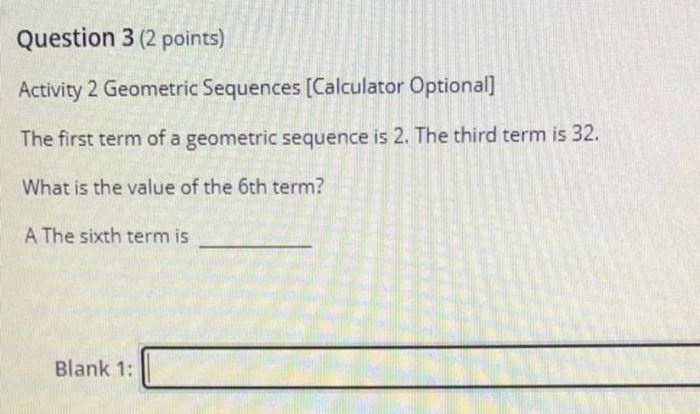A problem solving approach to mathematics 13th edition – In “A Problem-Solving Approach to Mathematics, 13th Edition,” renowned author William L. Briggs invites readers on an immersive journey into the realm of problem-solving, empowering them with a robust framework to tackle mathematical challenges with confidence and ingenuity. This comprehensive guide unravels the intricacies of the problem-solving process, equipping students with the essential tools and strategies to navigate complex mathematical landscapes.
Through engaging examples and practical applications, the book illuminates the transformative power of the problem-solving approach, extending its reach beyond the classroom and into the broader world. As readers delve into this meticulously crafted resource, they will not only master mathematical concepts but also cultivate invaluable critical thinking and problem-solving skills that will serve them well in their academic pursuits and beyond.
1. Overview of the Problem-Solving Approach

The problem-solving approach in mathematics emphasizes the development of critical thinking and problem-solving skills, enabling individuals to analyze, understand, and resolve mathematical problems effectively. This approach prioritizes understanding the underlying concepts, identifying patterns, and applying logical reasoning to find solutions.
Utilizing the problem-solving approach offers numerous benefits. It fosters independence and self-reliance, empowering individuals to tackle problems without relying solely on rote memorization. Additionally, it enhances analytical thinking, creativity, and the ability to apply mathematical knowledge to real-world situations.
2. Key Components of the Problem-Solving Process
Stages of the Problem-Solving Process
- Understanding the problem:Comprehending the problem statement, identifying relevant information, and determining what needs to be solved.
- Devising a plan:Formulating a strategy to solve the problem, considering different approaches and selecting the most appropriate one.
- Carrying out the plan:Implementing the chosen strategy, performing calculations, and manipulating mathematical concepts.
- Looking back:Reflecting on the solution, verifying its accuracy, and considering alternative approaches.
3. Strategies for Solving Mathematical Problems
Using Logical Reasoning
Logical reasoning involves applying logical principles and rules of inference to draw conclusions from given information. It enables individuals to identify patterns, make deductions, and eliminate incorrect solutions.
Applying Mathematical Concepts
Mathematical concepts serve as building blocks for problem-solving. Understanding and applying mathematical principles, formulas, and theorems allows individuals to manipulate variables, perform calculations, and arrive at solutions.
Employing Problem-Solving Tools, A problem solving approach to mathematics 13th edition
Problem-solving tools, such as diagrams, tables, and graphs, can aid in visualizing and organizing information. They help simplify complex problems, identify relationships, and explore different scenarios.
4. Common Challenges in Problem Solving

Challenges in Problem Solving
- Lack of understanding:Failing to grasp the problem statement or underlying concepts can hinder problem-solving efforts.
- Cognitive biases:Preconceived notions or assumptions can lead to errors in problem-solving.
- Time constraints:Limited time can pressure individuals and impact their problem-solving abilities.
- Math anxiety:Fear or anxiety related to mathematics can interfere with problem-solving performance.
Solutions for Overcoming Challenges
| Challenge | Solution |
|---|---|
| Lack of understanding | Break down the problem into smaller steps, seek clarification, and review relevant concepts. |
| Cognitive biases | Be aware of potential biases, consider alternative perspectives, and test assumptions. |
| Time constraints | Prioritize tasks, allocate time wisely, and practice time management techniques. |
| Math anxiety | Address negative thoughts, practice relaxation techniques, and seek support from peers or tutors. |
5. Developing Problem-Solving Skills: A Problem Solving Approach To Mathematics 13th Edition
Effective Practices for Enhancing Problem-Solving Skills
- Practice regularly:Engage in solving mathematical problems of varying difficulty to develop fluency and confidence.
- Seek feedback:Share solutions with others and ask for feedback to identify areas for improvement.
- Reflect on mistakes:Analyze incorrect solutions to understand the underlying errors and prevent similar mistakes in the future.
- Collaborate with others:Work with peers or tutors to discuss different approaches and gain insights from multiple perspectives.
- Utilize problem-solving resources:Refer to textbooks, online resources, and problem-solving guides for additional support.
6. Applications of the Problem-Solving Approach
Solving Complex Problems in Different Disciplines
The problem-solving approach is applicable across various fields, including:
- Science:Designing experiments, analyzing data, and formulating hypotheses.
- Engineering:Solving technical challenges, optimizing designs, and managing resources.
- Business:Analyzing market trends, making financial decisions, and developing strategies.
- Education:Creating effective lesson plans, assessing student learning, and fostering critical thinking.
Top FAQs
What are the key components of the problem-solving process?
The problem-solving process involves identifying the problem, understanding the problem, devising a plan, carrying out the plan, and evaluating the solution.
What are some common challenges students face in problem solving?
Common challenges include difficulty understanding the problem, lack of knowledge or skills, and anxiety or frustration.
How can students develop problem-solving skills?
Students can develop problem-solving skills through practice, reflection, and seeking help when needed.
